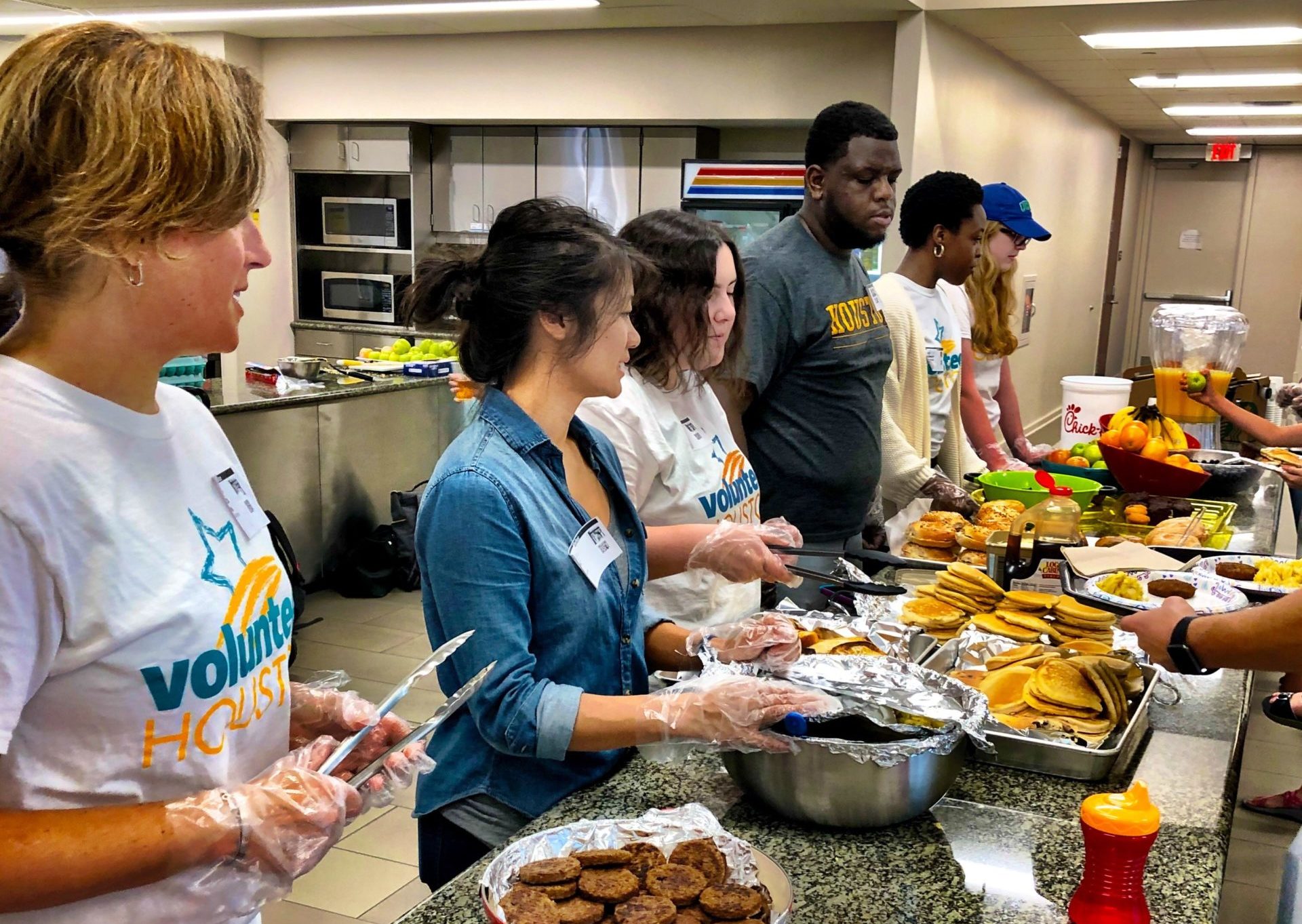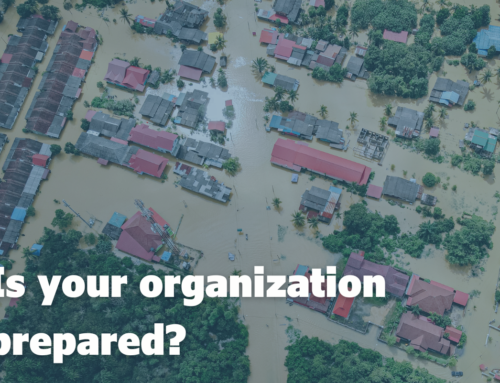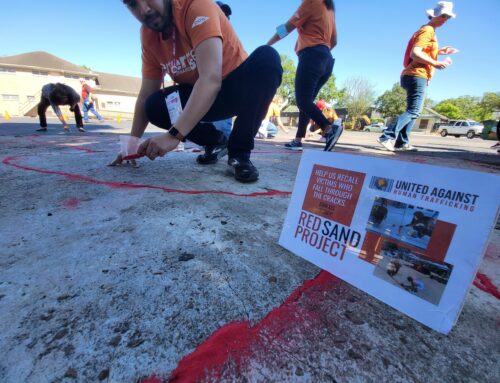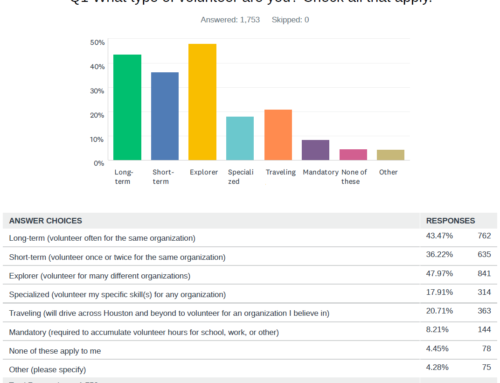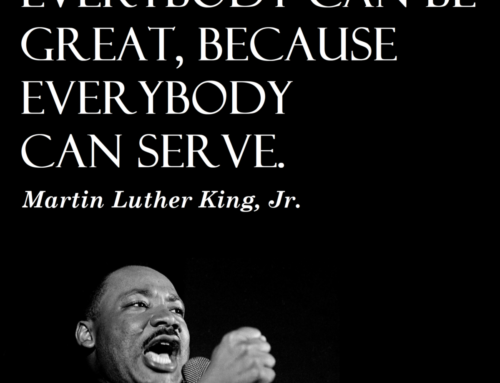Volunteer Purpose: Low-Cost Labor, Value-Added Partners, or More?
Reposted with permission from the author from the Points of Light Community blog on March 1, 2021.
The way leaders manage and resource a function when they are saving money is different than the way they manage and resource a function when they are advancing the mission.
The scene…
A volunteer administrator puts the finishing touches on his budget for the year. He is excited about the ways this funding will enable volunteers to advance the organization’s mission in meaningful ways and support paid staff in engaging those volunteers well. The budget is higher than in past years but still modest compared to other organizational expenses.
The Executive Director (ED) feels stressed as she reviews proposed budgets. The need for the organization’s services has never been higher, but revenues are not growing at the same rate as expenses. As she scrolls through the spreadsheets, she pauses at the numbers submitted by the new Volunteer Director. She is puzzled: this is the highest budget she has ever seen for volunteer engagement. Aren’t volunteers supposed to save the organization money? She cuts 50% of the requested amount and wonders if she should cut more.
The Volunteer Director is frustrated when he gets the news. How can he cultivate a team to meet the increased need without sufficient resources?
Versions of this scenario play out frequently in the nonprofit sector. A Volunteer Director envisions community members taking an active role in the organization’s work. The ED appreciates that volunteers provide low-cost labor. Both are confident about the purpose of engaging volunteers so it never comes up for discussion.
Yet a shared understanding about volunteer purpose is critical.
I was reminded of this fundamental but overlooked truth while researching how volunteers contribute to the organizations they serve. I asked 10 volunteer experts—practitioners, consultants, and researchers—why organizations involved volunteers. More often than not, they turned the question back to me: why do they involve volunteers—or why should they? Their responses to both questions helped reveal the importance of having clarity and alignment on volunteer purpose.
Volunteer Purpose
Purpose 1: Volunteers as Low-Cost Labor who Save Money
The research participants said that why organizations do involve volunteers is because they are perceived as a way to save money or as a form of low-cost labor. In many cases, volunteers provide services that could or would not be offered at all. Consider hospice volunteers who sew teddy bears made from a deceased loved one’s clothes or the graphic designer who helps refresh an agency’s logo.
It is true that having a volunteer means agencies do not incur wages and benefits for that person. However, it rarely means that there was money for that role that can now pay for something else. Organizations do not, in fact, save money because the money was not there in the first place. What’s more: organizations need to spend money, or at least time, to recruit, engage, and support the volunteer in having a high-quality experience that meets his or her needs and the needs of the program.
Purpose 2: Volunteers as Unique, Value-Added Labor who Advance Mission
By contrast, respondents said that why organizations should engage volunteers is to advance the organization’s mission through a unique type of labor. In this scenario, volunteers are an important complement to paid staff, and in some cases better than having paid staff.
How can that be? Well, since staff members receive a paycheck, their motives may not seem as altruistic as volunteers’. When volunteers serve in a fundraising or advocacy role, for example, they may be considered more trustworthy than paid staff. When volunteers serve as a tutor or friendly visitor, their time may be perceived as more authentic than when staff members perform these roles.
Purpose 3: Volunteers as Partners in Extending the Budget and Mission
However, some respondents said this is not an either/or scenario. They suggested that the strongest purpose for engaging volunteers was financial and mission-driven but with an important caveat: adjust the language.
For example, even when volunteers are a source of lower-cost labor, it is more generative and accurate to borrow volunteer maven Susan Ellis’ language. Susan advocated for saying that volunteers help extend the budget instead of saying they save money—especially since most organizations do not have money earmarked for staffing that can be put toward something else when they bring on volunteers. The experts talked about volunteers offering a value-added benefit, meaning that services were qualitatively and/or quantitatively better than what the staff could have provided alone. Therefore, saying that volunteers help extend the budget and extend the mission positions volunteers as powerful partners to paid employees and reframes service in a more productive way.
Simple Semantics or Powerful Reframing?
Taking a closer look at language might seem like an issue of semantics. What difference does it make to refine wording about the purpose of volunteers? The difference is this: words influence actions.
The way leaders manage and resource a function when they are scrimping and saving is different than the way they manage and resource a function when they are extending and advancing the mission.
When teams work to save money, they try to get by with the least amount of time and funds possible. When leaders work to advance the mission, they invest time, money, and expertise knowing that they need to contribute resources to extend impact.
Clarifying language about volunteer purpose can also reduce frustration and confusion between staff as in the example above. Because both parties assumed they were operating from the same understanding of volunteer purpose, they did not take the time to discuss it explicitly or as a team.
They are not alone. As one expert interviewee remarked, “It seems so basic. . .but it’s amazing how much we’re not getting there.”
Back to Basics: Guiding Questions for Discussing Volunteer Purpose
In the hustle and rush of daily life, it can be challenging to carve out time to (re)visit volunteer purpose. Yet, it is a wise investment as organizations and volunteer roles evolve, especially now as nonprofit leaders work toward more equitable community engagement and adapt service to the age of COVID. Having a conversation about volunteer purpose ensures leaders are making an intentional decision about volunteer engagement.
Here are a few questions that can help start the conversation. It can be valuable to substitute the word volunteers with community members as a reminder that volunteerism is a vehicle for community involvement in the organization’s work.
- Does our organization need to engage volunteers (community members) to meet its mission? In what ways?
- What are the consequences of: not having volunteers at all, involving volunteers poorly, or engaging volunteers well?
- If we had money to hire all the staff we wanted, would we still engage volunteers? Why or why not?
- What do volunteers have to offer that is unique or different from paid staff? How do volunteers complement or supplement paid staff?
- What specific purposes or roles do volunteers fill in the organization? What purposes or roles could they fill?
- Do our volunteer engagement practices and resources align with our stated volunteer purpose?
Volunteer Purpose Prompts
These kinds of conversations may be new to some leaders. If that’s the case, it can help to provide prompts about volunteer roles (or possibilities). Here are several volunteer purposes that came from the literature and research participants. They can be tailored to fit your organization’s context.
Volunteers help:
- Deliver programs.
- Serve more clients/more locations than staff could alone.
- Enhance program quality.
- Offer more time or attention to program participants than staff can.
- Provide a valuable or unique skill set, knowledge, service, language, or community perspective.
- Raise or donate money or in-kind gifts.
- Introduce the organization to new participants, volunteers, donors, or staff.
- Educate the community about the organization, participants served, and cause.
- Endorse or recommend the organization and its work.
- Provide a vehicle for the community to contribute to the mission.
- Cultivate a sense of trust and transparency in the organization.
- [add your own ideas]
Conversations about volunteer purpose take time but yield valuable clarity, alignment, and intentional action. Operating from a shared purpose can propel organizations toward their missions in more productive ways. And it just might help Volunteer Directors and EDs work together better too.
Thanks to the volunteer experts who participated in this research and helped inspire the blog: Susan Ellis, Joanne Fine Schwebel, Rebecca Harrington, Tobi Johnson, Betsy McFarland, Laurie Mook, Jean Nierenhausen, Carrie Olson, Erin Spink, and Betty Stallings.
Sue is the President of Sue Carter Kahl Consulting and has 25 years of experience in the nonprofit and philanthropic sectors. Her work is infused with lessons learned as a volunteer center executive, state service commissioner, nonprofit board member, staff member, volunteer, and researcher. Her current projects include teaching volunteer engagement and translating her research on the value that volunteers bring to organizations into practitioner-friendly resources. Sue has a PhD in Leadership Studies and is committed to bridging practice and theory in the volunteer field.
